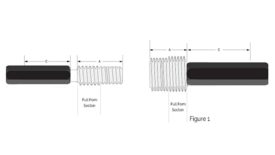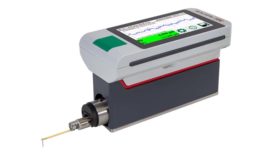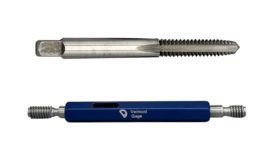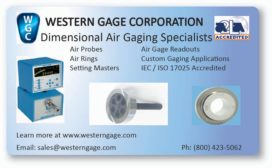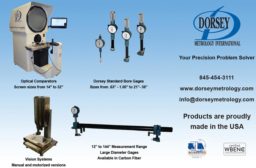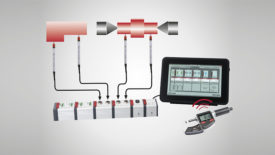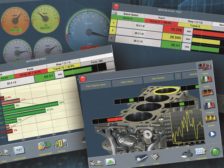Home » Keywords: » gages
Items Tagged with 'gages'
ARTICLES
Gaging
Following these steps meticulously will guarantee the ongoing reliability and effectiveness of your thread ring gages.
Read More
Measurement
Ensuring Precision: A Guide to Calibration in Surface Finish Measurement
The calibration process for surface finish units is simple but essential to the manufacturing process.
April 12, 2024
Test & Inspection
How Do Tap Limits Affect Gage Selection?
It is not always as simple as it sounds.
November 2, 2023
Diameter Measurement
How to Measure Big IDs and ODs
As with any diameter measurement, there are several possible solutions.
June 7, 2023
Measurement
It is Never Too Late to Teach an Old Custom Gage New Tricks
There are myriad ways to breathe new life into existing gages without the need to invest in new gaging.
March 8, 2022
Column | Hill Cox
Other Dimensions: DIY Gage Calibration: A Primer for Management
One of the hardest parts of doing your own gage calibration is having the right personnel to do the work.
November 15, 2021
Software & Analysis
Gaging Software’s Changing Role
As manufacturers become leaner and integrate metrology in innovative ways, openness and interoperability are paramount.
October 8, 2021
Get our new eMagazine delivered to your inbox every month.
Stay in the know with Quality’s comprehensive coverage of the manufacturing and metrology industries.
SIGN UP TODAY!Copyright ©2024. All Rights Reserved BNP Media.
Design, CMS, Hosting & Web Development :: ePublishing
